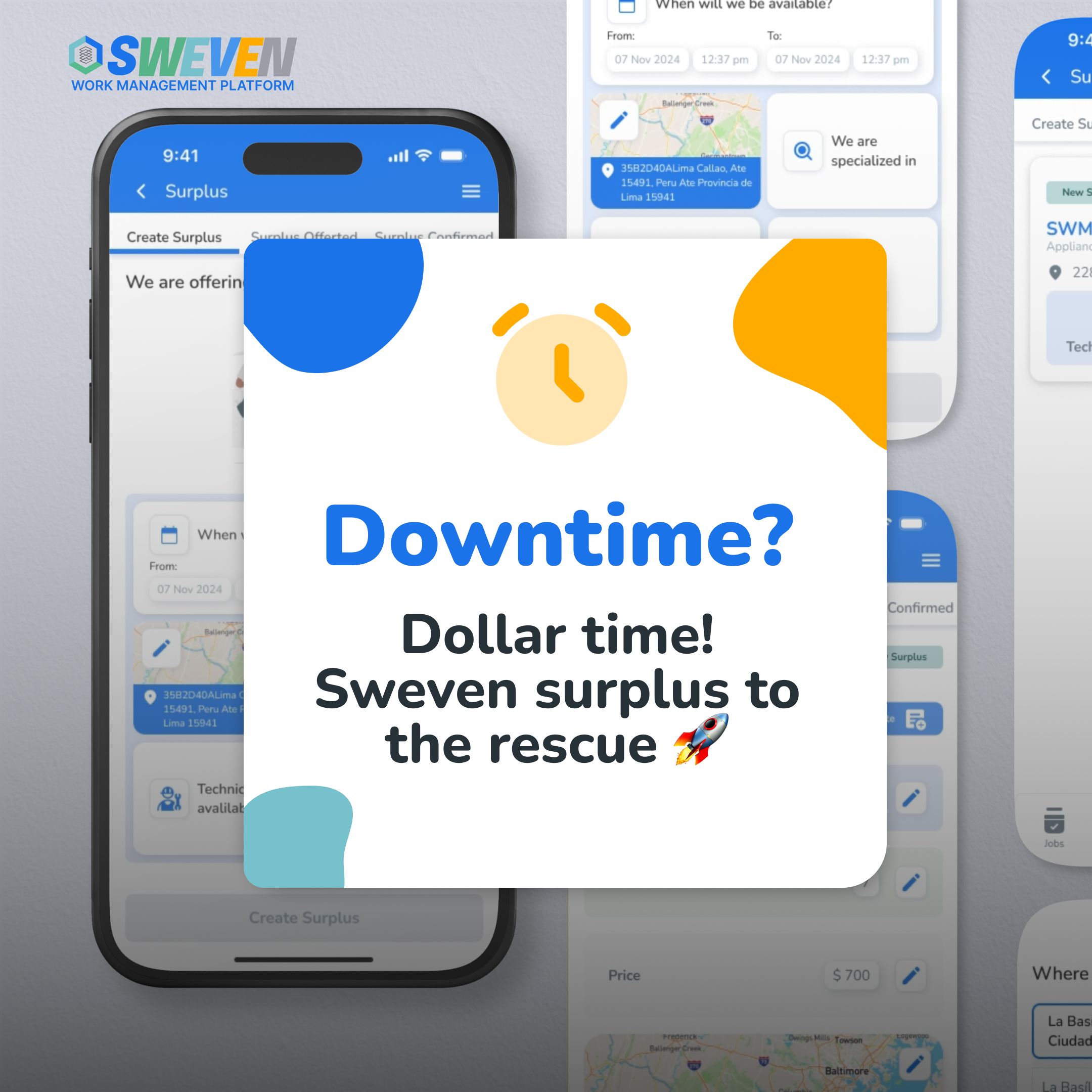Introduction:
In the fast-paced realm of the business industry, efficient workflows are crucial for meeting project deadlines, delivering quality outcomes, and maintaining competitiveness. However, bottlenecks in the workflow, such as dependencies on specific team members or processes, can impede progress and hinder overall efficiency, posing a significant challenge for vendors. In this blog, we delve into the issue of workflow bottlenecks faced by vendors in the business industry and explore strategies to overcome these obstacles for improved operational effectiveness and project success.

Identifying Workflow Bottlenecks:Workflow bottlenecks refer to points in a process where the flow of work is obstructed, leading to delays, inefficiencies, and reduced productivity. In the context of vendors in the business industry, common sources of workflow bottlenecks include:Dependency on Specific Team Members: When certain tasks or decisions are reliant on the availability or expertise of specific team members, bottlenecks can occur if those individuals become overloaded or unavailable.Manual or Tedious Processes: Manual or labor-intensive processes that require extensive time and effort to complete can slow down workflow progression, leading to delays and increased cycle times.Lack of Automation: Inefficient or outdated systems that lack automation capabilities can result in repetitive tasks, data entry errors, and unnecessary delays in project execution.Inadequate Resource Allocation: Insufficient allocation of resources, whether it be manpower, technology, or equipment, can create bottlenecks as teams struggle to meet project demands with limited resources.

Strategies for Overcoming Workflow Bottlenecks:
Process Optimization: Conduct a thorough review of existing workflows to identify inefficiencies and areas for improvement. Streamline processes, eliminate redundant steps, and automate repetitive tasks to reduce cycle times and improve overall efficiency.
Cross-Training and Skill Development: Cross-train team members to ensure that critical tasks can be performed by multiple individuals, reducing dependency on specific team members and minimizing the risk of bottlenecks due to resource constraints.
Technology Integration: Invest in technology solutions, such as workflow management software, project management tools, and automation platforms, to streamline workflow processes, enhance collaboration, and improve visibility into project status and progress.
Prioritize and Delegate: Prioritize tasks based on urgency and importance, and delegate responsibilities accordingly to ensure that workload is distributed evenly among team members and resources are allocated effectively to prevent bottlenecks.
Continuous Monitoring and Feedback: Implement systems for monitoring workflow performance, tracking key performance indicators (KPIs), and gathering feedback from team members to identify emerging bottlenecks and address them proactively.
Scalable Resource Planning: Develop scalable resource planning strategies that allow for flexibility and adaptability in resource allocation to accommodate fluctuations in project demands and prevent bottlenecks due to resource shortages.
Cultivate a Culture of Continuous Improvement: Foster a culture of continuous improvement and innovation within the organization, encouraging team members to identify inefficiencies, propose solutions, and implement changes to optimize workflow processes over time.

Conclusion:
Workflow bottlenecks pose significant challenges for vendors in the business industry, impacting productivity, project timelines, and overall efficiency. By implementing strategies such as process optimization, technology integration, and cross-training, vendors can overcome these obstacles and streamline workflow operations for enhanced productivity and success. With a proactive approach to identifying and addressing bottlenecks, vendors can unlock their full potential, drive operational excellence, and maintain a competitive edge in the dynamic business landscape.
















